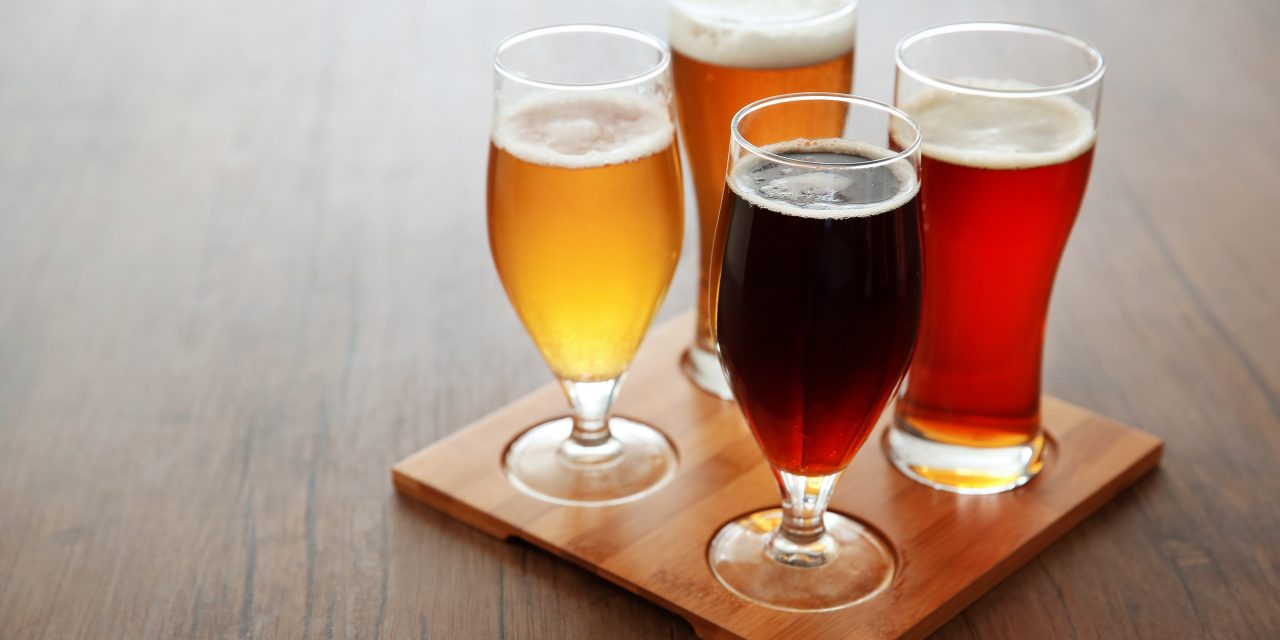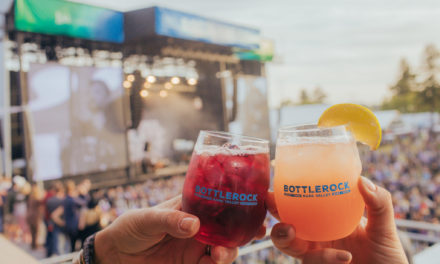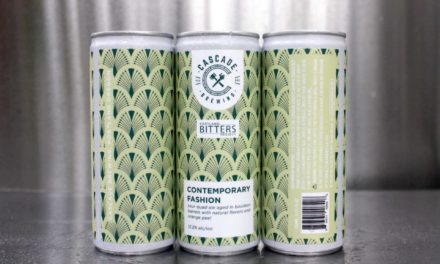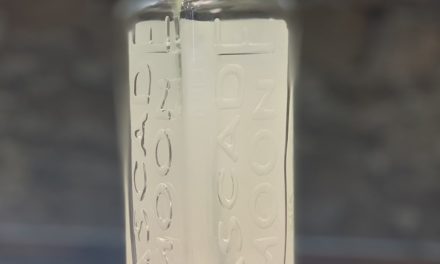
Inside Beer Columnist
Tom Wilmes
“Local” is a loaded word and should be approached with caution. It’s layered with multiple connotations, many of which are too readily accepted at face value.
Calling yourself “local” implies you’re actively part of a community—that you’re one of us. For conscientious consumers, it signifies support for local producers while limiting how far goods travel to reach your plate or glass.
For craft brewers, the “local” tag can be an advantage in securing tap accounts and shelf space, especially when going up against big players with marketing clout and distribution muscle. For a product that’s made with just four core components, using locally sourced ingredients can give your beer distinction. Plus, it feels good to walk into a bar and order a pint of the local…but that doesn’t always mean it’s good.
Too often, smaller craft brewers get a pass for flawed or underwhelming beers by simply existing under the protective umbrella of “local,” when what they really need is unvarnished feedback to help make their beers and their processes better. A bias toward local has also created a myopic view when it comes to sourcing the best available ingredients.
What does a truly local beer look like? And how do you balance staying true to your roots and supporting local producers with drawing from all available resources to make the best product you can?
I recently paid a visit to Jester King, a farmhouse brewery located on 58 acres on the outskirts of Austin, Texas. It brews with untreated, mineral-rich water drawn from an artesian well located behind the brewhouse. It sources Texas-grown grains, as much as possible, and prefers to work with like-minded producers within a 30-mile radius. The brewery cultivates its own fruits, vegetables, herbs, and spices for use in its beers. Its house yeast is a mixed-culture strain collected and propagated, in part, from the skins of indigenous flora. It’s as local as you can get. And yet, when it comes down to crafting the best beers possible, head brewer Averie Swanson doesn’t hesitate to look beyond her front gate when sourcing ingredients.
“Personally, I’m going to opt for a higher-quality product over a hyper-local product, if there’s a difference,” she says. “The example I like to use is Belgian witbier way back when they weren’t growing curaçao oranges in Belgium. Trading has been a huge part of human culture since the beginning, and I don’t see anything wrong with acquiring ingredients from faraway places if you’re doing so in ethical ways—free trade if you can—things like that, because you’re still very much supporting your lifestyle and that of your community, while using high-quality ingredients from other places and supporting them at the same time.”
Beer is made everywhere, and much of it tastes more or less the same no matter where it’s brewed, so why place so much stock in location alone? The ultimate ambition of craft is a distinctive expression that reflects a unique time and place, as well as the person who made it. And that’s what should be celebrated. Those are the beers that really let you know where a brewer stands.











